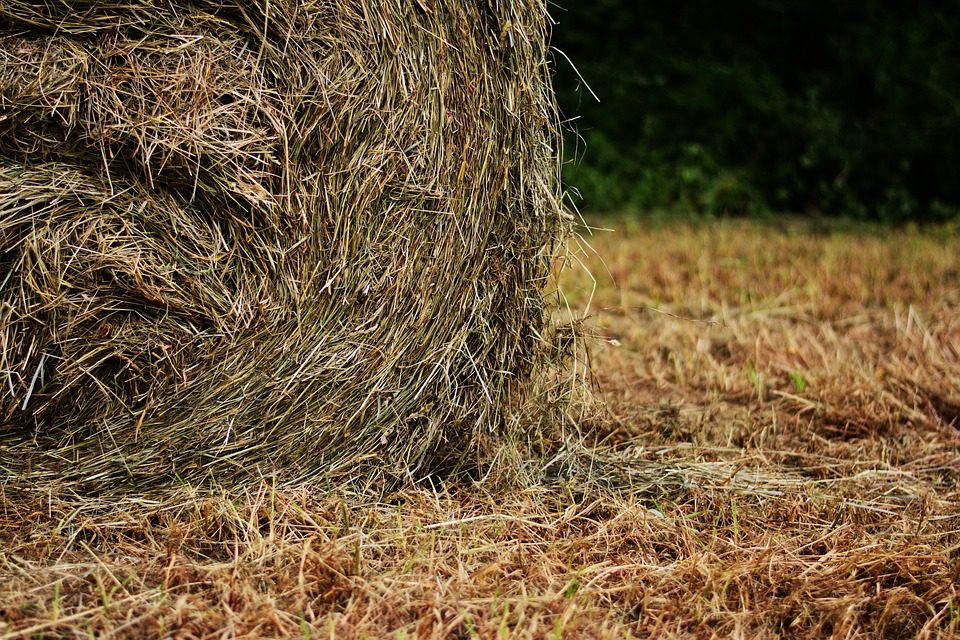See the steps to follow for collecting forage and hay samples to send for testing through UF/IFAS.
An askifas article shared that “Properly collecting and identifying a [hay or forage] sample is very important.” Knowing the makeup of your herd’s feed is a starting point for your herd’s nutrition. The article shared all the steps to collecting forage and hay samples. See them below.
Collecting Forage and Hay Samples
Hay. “A sampling device or tool is needed for collecting hay samples. Several commercial types are available. These tools usually consist of a tube — with a cutting edge on one end and a shank on the other — that is fastened in the chuck of an electric drill or hand brace. The sampler is driven into the end of a rectangular bale or the rounded side of the round bale. Collect a single core sample from each of 12 bales for a particular lot of hay. To ensure the sample is representative, combine the 12 cores into one sample. The outer layer of weathered round bales should be pulled away before sampling. Each hay cutting, type of hay, etc., should be sampled and analyzed separately. Each hay cutting or lot should be identified and stored separately.”
Silage. “Samples can be collected from the face of a bunker silo as it is being fed and from the unloader of an upright silo. Bagged silage can be sampled by cutting small slits along the side of the bag and penetrating the hay sampler to collect the material. Producers must reseal the slit with waterproof tape after collection.
Collect silage from five or six places along the bag, mix well, and extract a single sample to send to the laboratory. Immediately place the sample in a plastic bag and seal it. If the sample is not mailed right away, place the sample in a refrigerator or freezer.”
Forages. “Pasture samples can be collected and analyzed by plucking the forage with your fingers at the height the animals are grazing it. However, keep in mind that, when adequate pasture forage is available, cattle may select forage with a better nutritive value than the forage sampled by hand plucking. One practical example of selection can be found in limpograss pastures with good forage availability. In this example, cattle will typically select leaves that have greater nutritive value than hand-plucked samples collected with leaves and stems. In this case, forage testing results may suggest that cattle would respond to protein supplementation. However, in fact, the animals are already consuming adequate amounts of protein from forage selection and may not respond to supplementation.
Scissors or some other cutting device also can be used. If possible, these samples should be dried before sending to the laboratory. If drying is not possible, mail the sample immediately after it is harvested. Your results are only as good as your sample!”
Griffin Fertilizer is committed to helping both growers and ranchers make sound agronomic and economic decisions in order to maximize the health of their grove and pasture. As a full-service custom dry & liquid fertilizer blender and crop protection product distributor, we will continue our mission to further advance Florida agriculture. For questions -or concerns about your farm or pasture, contact us and one of our team will be in touch.

